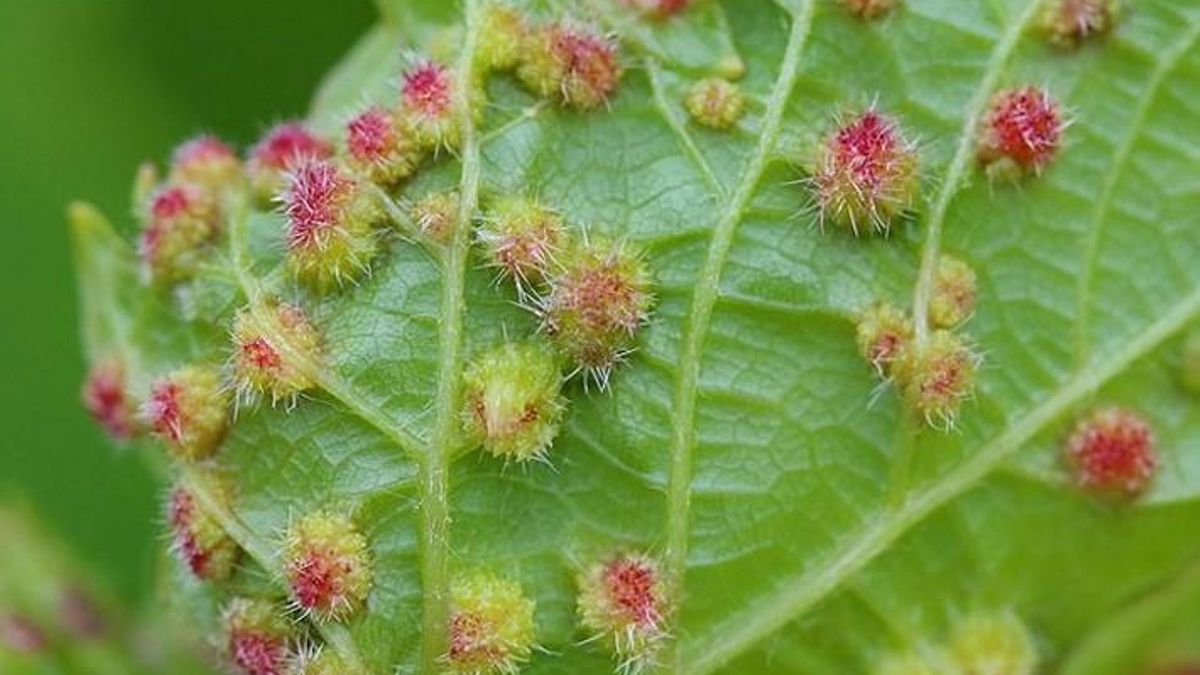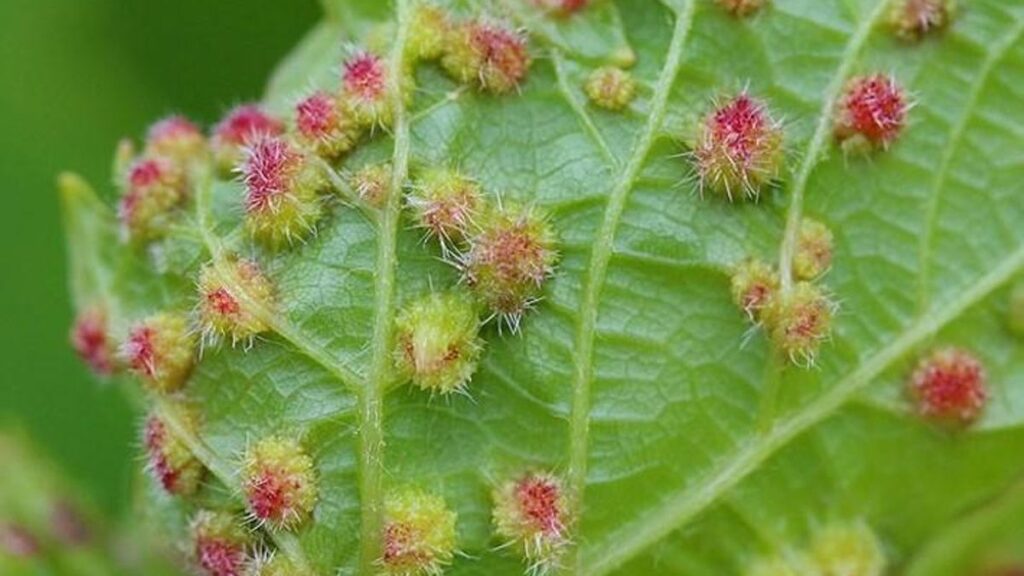Phylloxera Crisis Hits Tenerife Vineyards
The official confirmation of phylloxera (Daktulosphaira vitifoliae) in multiple Tenerife vineyard zones—including Valle de Guerra, La Laguna, and La Matanza—has sent shockwaves through the Canary Islands’ wine industry. Both the regional Agriculture Ministry and Tenerife’s Island Council sounded the alarm this Wednesday after verifying several infestation sites. This marks the most severe phytosanitary crisis in recent memory for Canarian viticulture, threatening nearly all vineyards across the archipelago and its prized quality wine production.
What Makes Canarian Vineyards Unique
Tenerife alone boasts five protected designations of origin (PDO): Tacoronte-Acentejo (established 1992), Valle de La Orotava, Valle de Güímar, Ycoden-Daute-Isora, and Abona. Across the Canaries, ten PDOs exist, including those on Gran Canaria, La Palma, El Hierro, La Gomera, and the regional “Canary Wine” designation. Unlike mainland Europe, Canarian vineyards predominantly grow on original rootstock (pie franco), having remained phylloxera-free since the pest was first described by Asa Fitch in 1855. This uniqueness has been a cornerstone of the islands’ wine identity.
A Grower’s Dire Warning
One veteran winemaker from northern Tenerife’s Valle de La Orotava PDO didn’t mince words: “Just when things couldn’t get worse, the donkey decides to give birth.” He warned, “If phylloxera establishes here, the vineyards will disappear.” Industry veterans suspect contaminated plant materials smuggled onto the islands—despite strict import bans—may be responsible. “This is what happens when people bring cuttings from outside,” the grower added, echoing concerns about lax border controls.
The Looming Threat to Heritage Vines
If confirmed as widespread, the outbreak could strip the Canaries of their rare “pre-phylloxera” status. Unlike mainland Spain where 99% of vines graft onto resistant American rootstock, Canarian vineyards predominantly grow native varieties on original roots—the very plants that catapulted the islands’ wines to international acclaim. The pest’s 19th-century devastation forced mainland growers to adopt American root systems; now Tenerife’s treasured pie franco vines face similar peril.
How Phylloxera Spreads
Agriculture Ministry documents reveal alarming details: current infestation sites likely aren’t the origin points. Trade winds may be carrying the pest westward across Tenerife’s northern slopes. Phylloxera spreads both aerially (during its winged phase) and underground via root-feeding larvae—the latter being notoriously difficult to detect. Authorities have ordered immediate reporting of symptoms to agricultural agencies.
Containment Measures Underway
Emergency protocols mandate 500-meter quarantine zones around infected plants, plus 1-kilometer buffer areas. The Canary Islands government has distributed technical guides urging vineyard inspections, particularly in wind-exposed northern areas. Meanwhile, major producers like Avibo (led by Juan Jesús Méndez of Bodegas Viñátigo) are preparing impact assessments. The timing couldn’t be worse—harvest season approaches, requiring grape transport between islands for PDO Canary Wine production.
Stakes for Canarian Wine
With over 8,000 hectares of vineyards (16% of agricultural land), wine ranks as the archipelago’s second-largest crop after bananas. Annual production reaches 11 million liters, predominantly white wines (60%), with growing exports—notably to the U.S., which absorbed 32% of 2023’s 321,000-liter overseas sales. The sector’s gourmet reputation now hangs in the balance as authorities race to prevent what one insider called “a situation far graver than publicly acknowledged.”


